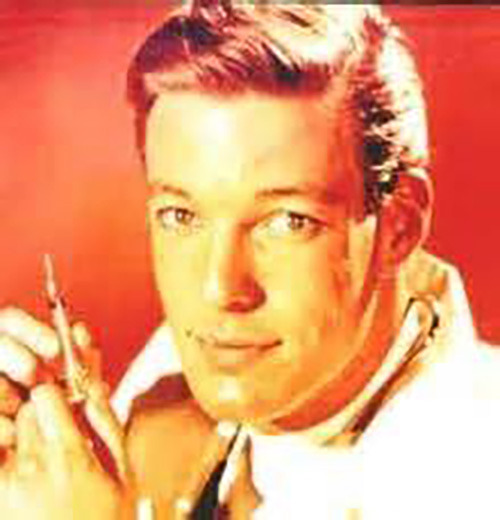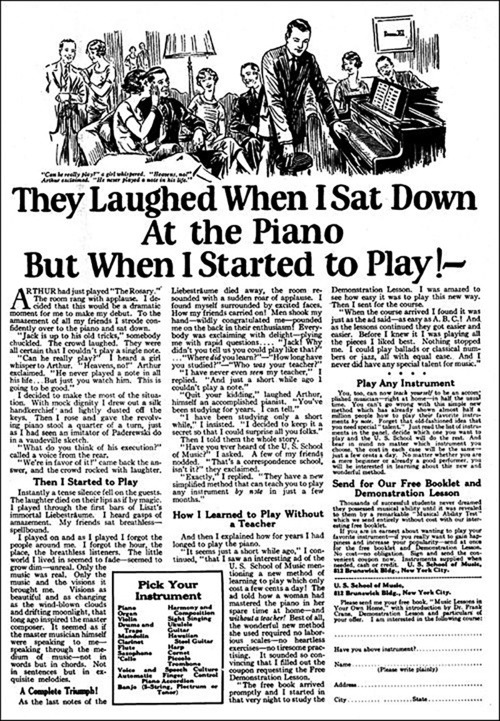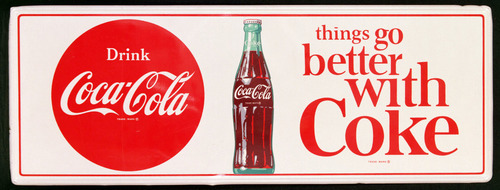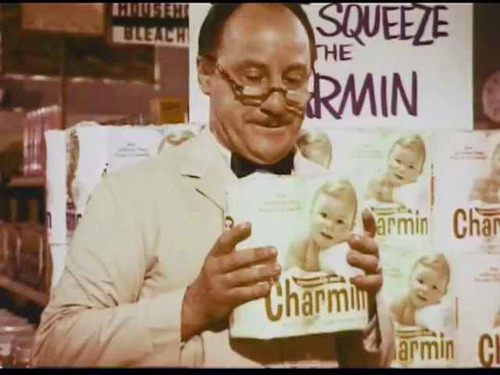Everyone wants them. Everyone pursues them. But hardly anyone seems to find them.
Part of the reason is simple human nature. In general, people don't stay satisfied with the status quo for too long.
For many there's a constant search for achievement, recognition and financial reward. But that search is usually hamstrung by a constant far more pressing struggle for survival.
We struggle with jobs, family and relationships all while pursuing dreams and aspirations which those closest to us don't always understand.
And more then just not understanding, oftentimes they actively try to dissuade us.
So many of us limp painfully along for years, anxiously waiting for our big break. Tomorrow will be the day when we'll be 'discovered.' When we'll finally be able to use our talents to their fullest for people who'll truly appreciate them, doing the things we love most. We hone and sharpen our skills and talents, scrambling from one low paying gig to the next, so we'll be ready for that great moment of opportunity when our talent is ultimately recognized and celebrated.
Or as Thomas Edison put it, "Good fortune often happens when opportunity meets with preparation."
And then reality comes and hits you upside the head. There are a stack of unpaid bills and shut off notices, and maybe some nasty collection letters. Your spouse doesn't understand or appreciate your 'compulsion' to constantly buy stuff for your alleged work. I mean you're doing this to make money right? So why does it always have to cost so much?
And so, in the end, many will make the painful choice to let go of their dream and focus on "real life."
So where should we draw the line? Where does chasing one's dreams intersect reality?
Get Real, Man
To quote the Bard, "This above all; to thine own self be true." You have to be true to yourself. Sublimating and repressing your creativity is not a good thing. But quitting your day job to write poetry or compose music or start your own design business might not be the wisest life decision either, especially if others are depending on you for food, clothing and shelter.
Many times our dreams and passions - the things that give life contour and texture and depth - have to give way to the reality of paying bills and keeping our families fed and clothed.
How many stories are out there of business people who worked for years to achieve success? They almost universally tell of sleepless nights, poor decisions, lost opportunities and an overall very rocky road to that glorious destination.
Been There Done That
Down to your last $500? $200? $20?
Or maybe you're just hugely overdrawn on your bank account. And maxed out on your credit cards. But there's a job - an honest to goodness money making project - that you just can't complete unless you have _______ (insert random hardware/software/art/photo gear). I feel your pain. I've lived your frustration.
I once had my power shut off in the middle of editing a video for an award dinner. I had to ask (beg?) the client to cut a check to the utility company so I could finish the job. How's that for unprofessional!
And to add insult to injury, the client took money off my bill because he said the editing was sloppy. (...because of the last minute rush... brought on by the many hours without electricity...)
I really, really wish I could say that doing 'what I love' is a good enough substitute for having adequate food, clothing and shelter but alas, living the 'dream' of having my own business did not always live up to my expectations.
A friend of mine told me how he once met one of his buddies from college. They reminisced for a bit and then went on to compare the paths their lives had taken. My friend told about his work in marketing and his struggle to make a living.
His buddy, a successful businessman, expressed his surprise at this. "It's not that hard to make a good living," he insisted. He went on to tell how well he was doing in buying, selling, and managing real estate. "The trick is to invest your money in the right properties," he said.
My friend, eager for a tip, longed to know his secrets. But one thing bothered him. "Wait a minute. How did you even get started? Where did you get the money to invest in the first place?"
"That was easy," answered his pal. "My grandmother loaned me $5,000,000!"
It's true that there are a lot of people who spend their entire lives chasing their dreams. They aspire to be successful actors or singers or authors or artists or entrepreneurs or any of a thousand different things.
And most of them don't have a grandma who will spot them five million bucks to get them started.
Many would say that they measure success financially. That can be a tough standard to measure up to.
If you go by the numbers, only a few percent of people in the USA will ever become "well to do," and far less than one percent will ever be truly affluent.
And of course the tabloids are replete with people who either inherited or achieved wealth and are miserable anyway. And their entire lives seem to be public expressions of their misery, with one tawdry train wreck after another marking their failed attempts at serious personal relationships.
For most of us, personal and/or professional achievement is usually a more realistic and attainable goal. It's also very often the road that leads to more substantial feelings of contentment, accomplishment and joy.
So do you give up your hopes and dreams? For a lot of people that's almost more than they can bear. And it doesn't lead to a happy contented life.
Think Journey, Not Destination
What I try to do, and what I advise others is this. Do what you have to in order to live. Take care of yourself and your family. A great man once told me that anything you do should be done well. So try and excel at your job, even if you don't like it.
But don't forget your dream. Nurture it and live it as much as you can.
If it's something that you can practice and actively work on - singing, dancing, martial arts, painting, music - then do it.
Write a blog. And when you have enough material, make it into a book. The important thing is to keep your dream alive. It should be vital and relevant and meaningful. Then you'll see the vitality and relevance and meaning start to spread to other areas of your life.
You won't have to face the thought of abandoning that part of yourself. In fact you'll be supporting it. You'll see the whole timbre and texture of your life grow richer and happier and more vibrant.
I think this is what people mean when they tell you that doing what you love brings success.
And you'll also be prepared, supremely prepared, just in case opportunity ever does come knocking.
What do you think? I’d love to hear!
Danny Kay is marketing and advertising professional as well as a writer, designer and photographer with over 25 years of experience. He's worked with businesses and organizations of all sizes, up to Fortune 500.
He can be reached through his website, www.dannykaydesign.com, or at dannykay@mac.com.
PS - This blog is now featured on http://Alltop.com, your source for all the top stories!
PPS - Follow me on TWITTER @dannykaydesign
© 2015 Danny Kay - All Rights Reserved

























